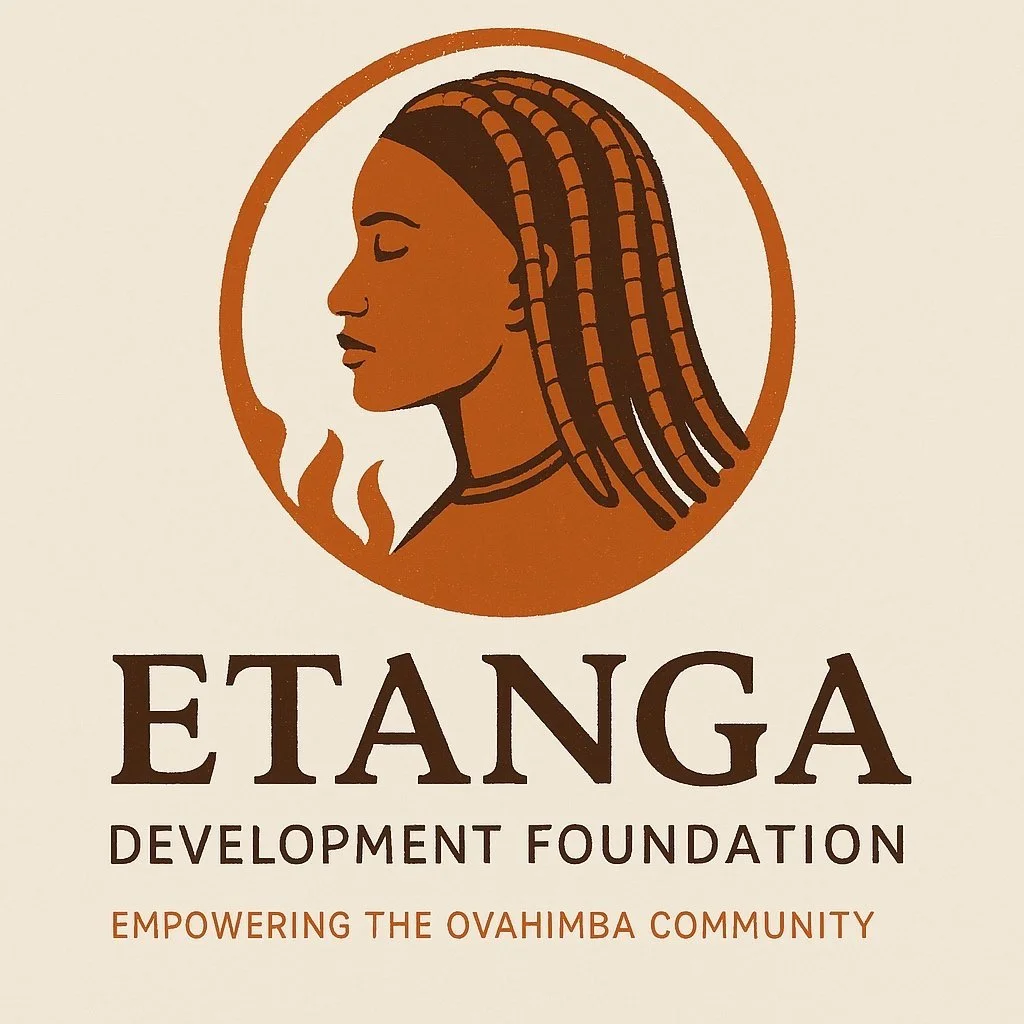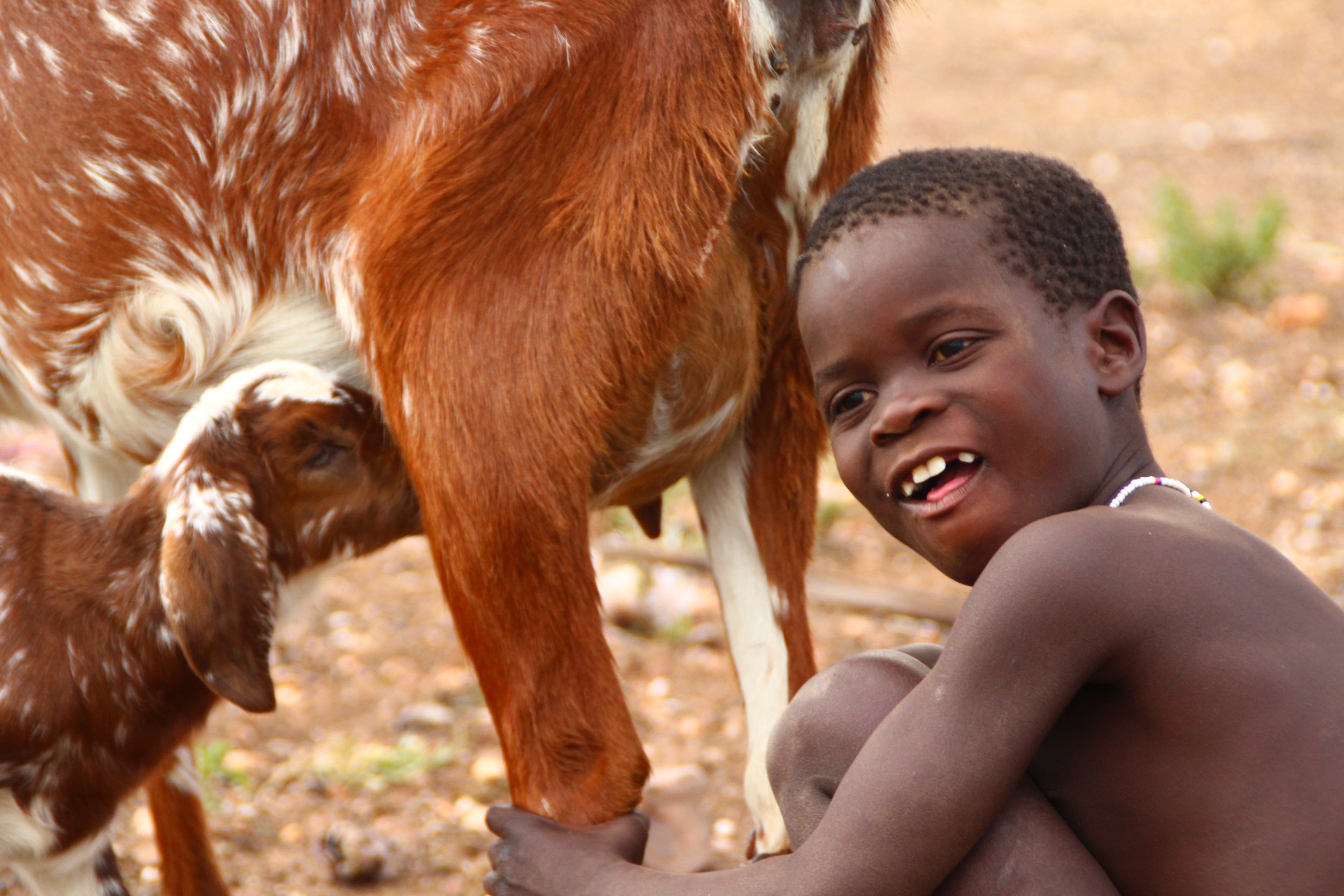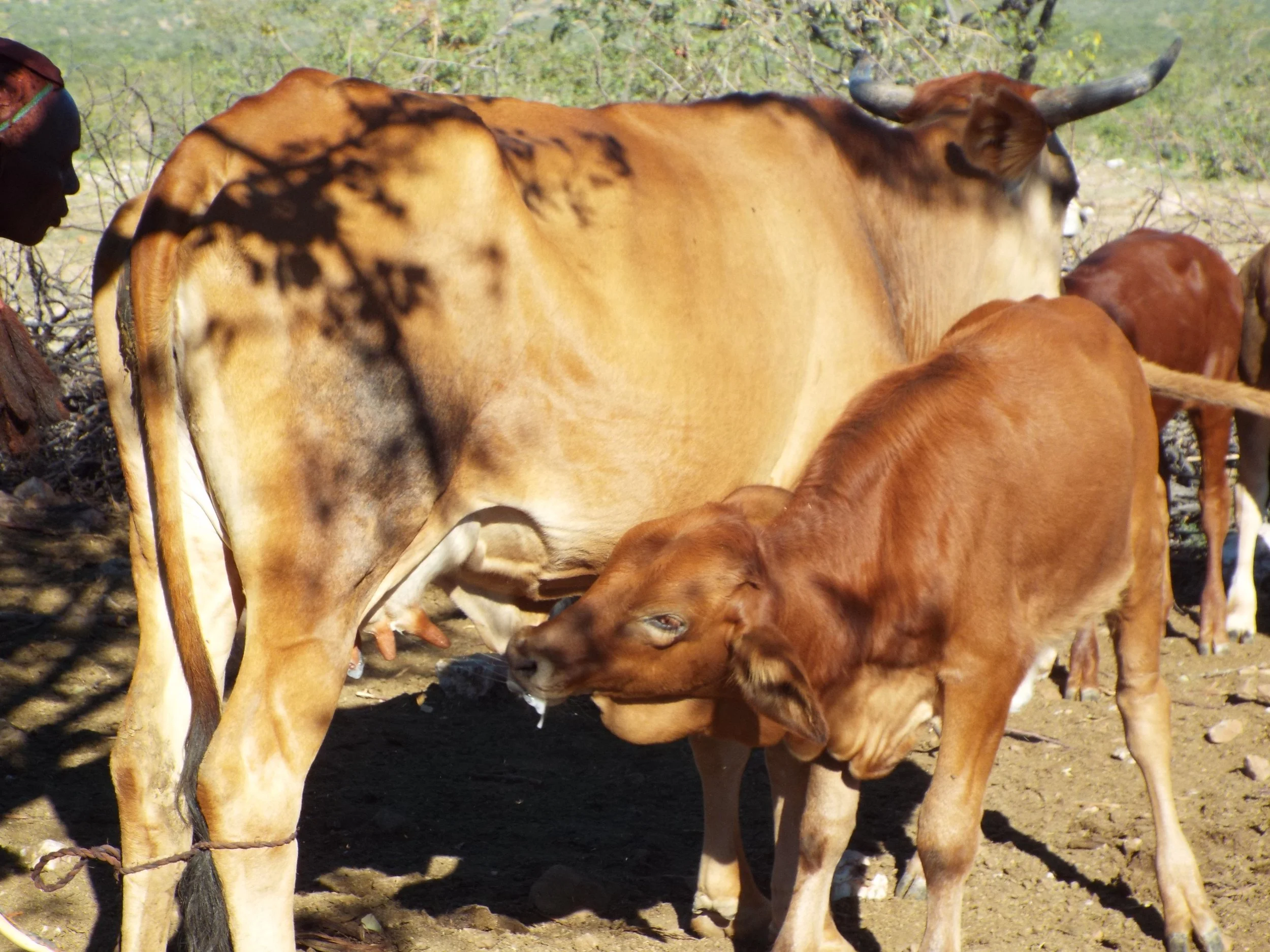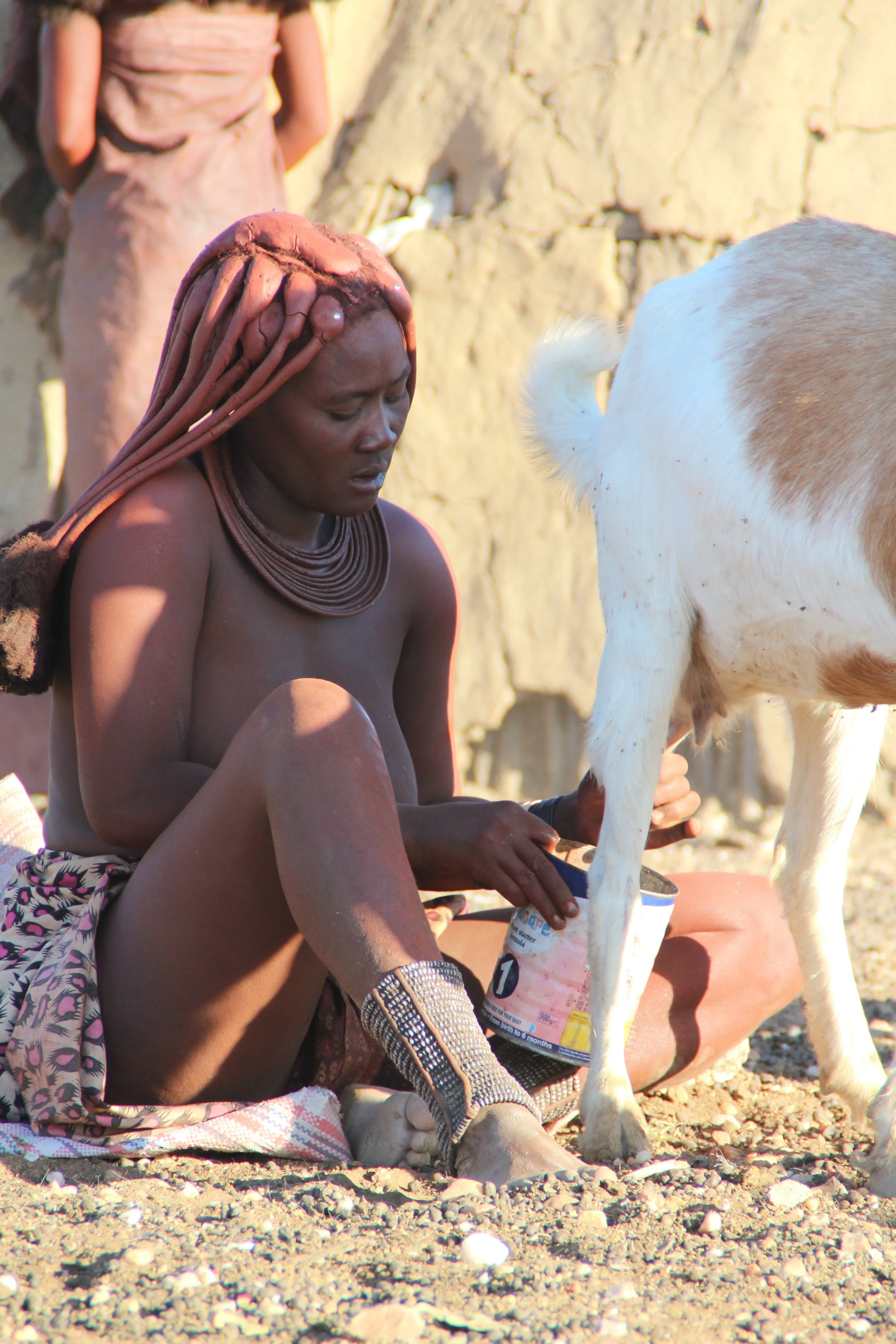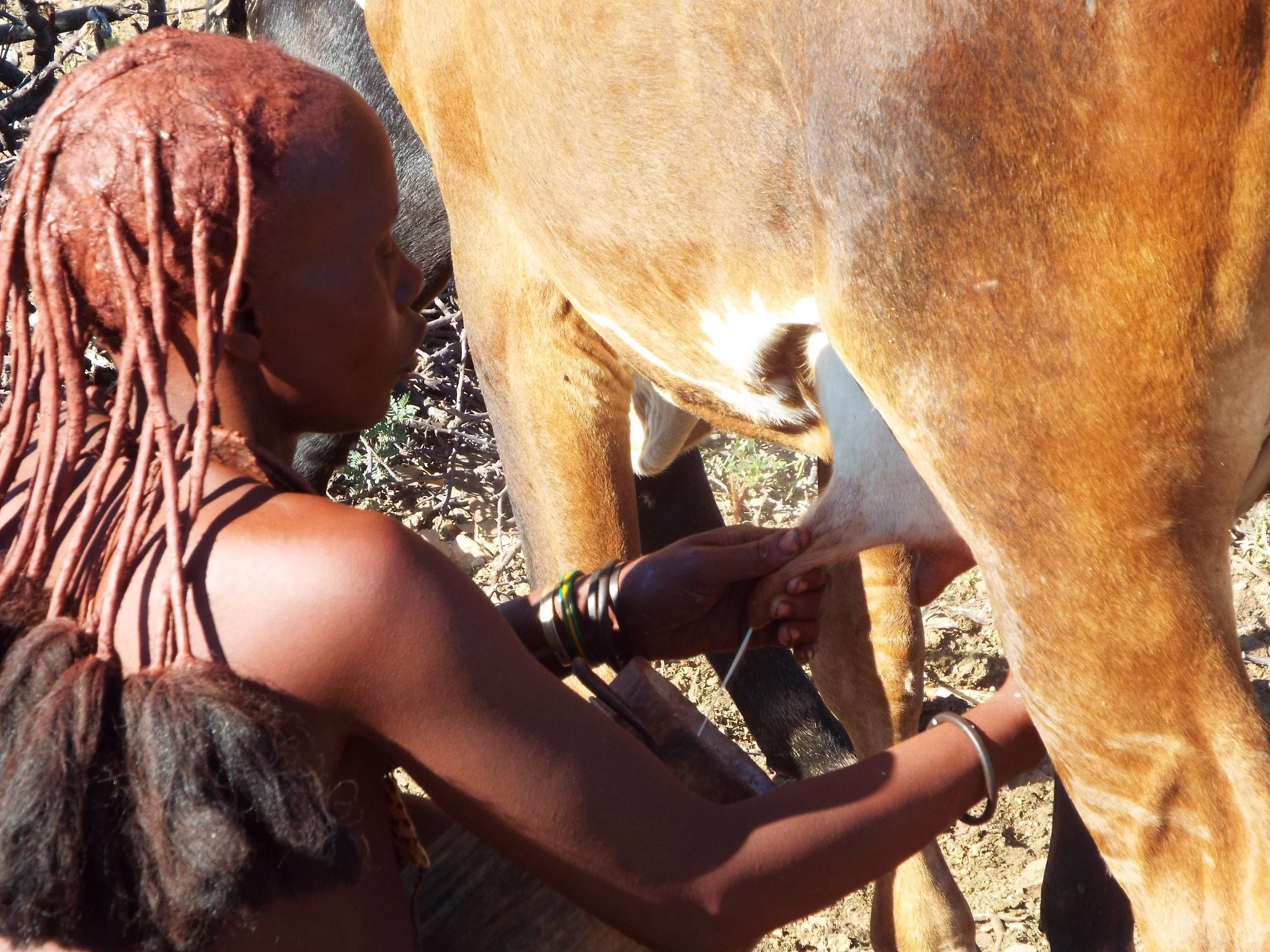
Livestock Revitalization
For the OvaHimba community of Etanga, livestock are far more than economic assets. They are kin, culture, and continuity. Cattle, goats, and donkeys are woven into every part of life: from ceremonial rites to social status to survival itself. To lose livestock is not only to lose a means of income, but to face a rupture in systems of care, inheritance, and identity.
Over the past two decades, recurrent drought, flash flooding, and land displacement have taken a profound toll on pastoral life in Etanga. Prolonged dry spells have wiped out grazing areas, while increasingly erratic weather patterns have made seasonal planning unpredictable. Many families who once tended herds passed down across generations now find themselves with just a few animals or none at all.
The economic impact is steep. Livestock serve as a cash reserve in the absence of formal banking, sold in times of need to cover school fees, food, or emergencies. When herds are depleted, families face cascading vulnerabilities: missed education, increased hunger, and deeper poverty. For young people, the loss of livestock also signals a break in tradition, severing ties to a way of life rooted in communal rhythms, land-based knowledge, and ancestral legacy.
The Etanga Development Foundation supports a community-guided livestock revitalization effort focused on restoring both herd numbers and pastoral infrastructure. Our approach is not a large-scale restocking model imposed from outside, but rather a slow, careful investment in household-level recovery, one that respects traditional herding knowledge and local decision-making.
Program components include:
Targeted Livestock Distribution – Prioritized support for families most affected by drought and displacement, focusing on quality rather than quantity.
Herd Strengthening Resources – Veterinary care, feed supplements during dry seasons, and support for water access (like shared boreholes or trough systems).
Youth Apprenticeship in Animal Care – Supporting intergenerational skill transmission by pairing younger community members with experienced herders.
Monitoring & Adaptation – Ongoing community check-ins to assess changing environmental conditions, loss rates, and breeding patterns.
We recognize that revitalizing herds isn’t only about food security or income. It’s about rebuilding autonomy, re-rooting families in cultural practice, and restoring a critical layer of interdependence between people, land, and animal life. These aren’t “projects.” They’re relationships, nurtured over time, shaped by the weather, and sustained through care.
In Etanga, every goat, every cow, every returning hoofprint carries more than economic weight. It signals the return of something that was nearly lost, and the quiet rebuilding of what still matters most.
